Download Resources
For More Info - Call Us
 |
+ 1-502-322-6567 |
Standardized Work and Source Quality
Description
Standardized work is the central tool in the lean workplace. It enables repeatability and control of the process; ensures everyone is using the best known practice for safety, quality and efficiency of the process; establishes immediate visibility of problems; and provides a platform for continuous improvement. In this workshop, we will explain the rationale behind lean standardized work, describe in detail how to design, document, and improve standardized work and apply this knowledge in either a simulated or actual work setting. We will integrate source quality, including mistake-proofing into processes and standardized work. This class is delivered over 2 days, but can be tailored if necessary to fit your schedule better. We recommend that companies incorporate a workplace project in the class where the students apply what they have learned to their jobs.
Objectives & Outcomes
- Discuss the rationale for lean standardized work and the differences between lean and conventional approaches
- Design effective standardized work using the tools of motion economy, motion pattern analysis and human factors engineering
- Design effective self and successor inspection strategies and integration within the standardized work process
- Integrate source quality methods into standardized work systems
- Describe strategies for process simplification such as kitting and minomi
- Establish and document knack points in standardized work to insure effectiveness of the process and rapid learning by new team members
- Use work elements training as a foundation for effective standardized work
- Conduct time studies and systems for documenting standardized work procedures
- Develop an appropriate documentation system and practice for your organization
- Involve employees in initial development of standardized work systems
- Link standardized work with employee involvement systems such as suggestion systems
- Apply practical line balance procedures, including mixed model systems
- Classify processes based on cycle time variability and use in line design
- Describe flexible work strategies that can be used to improve work balance and to absorb job-to-job work content variation with maximum efficiency
Target Audience
This course is designed for team members or individual contributors, first line supervisors and production support personnel, but can accommodate any group.
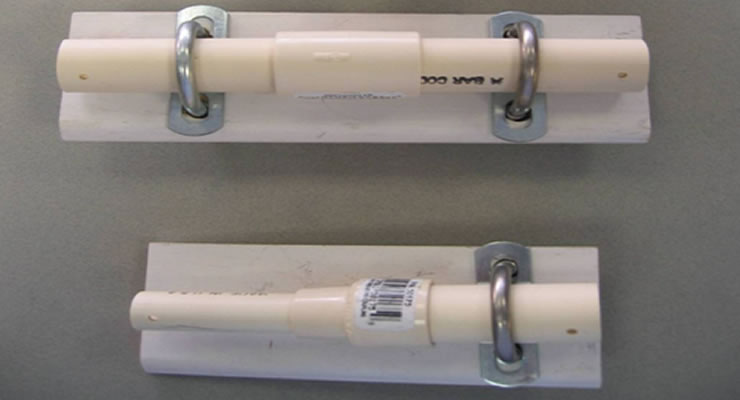
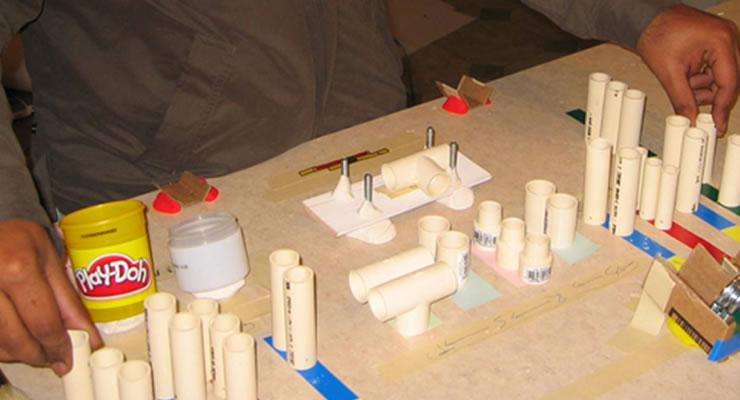
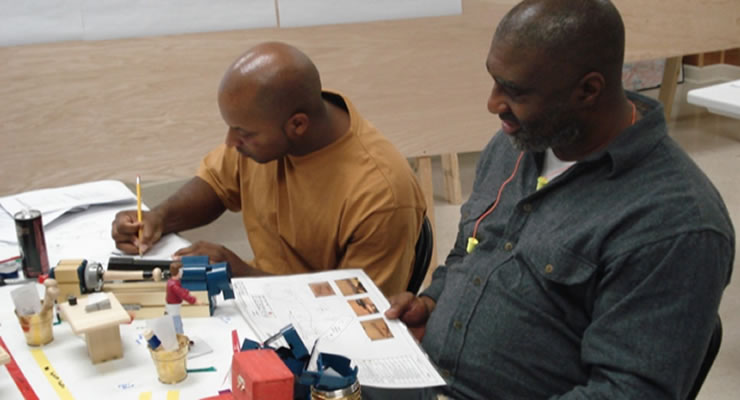
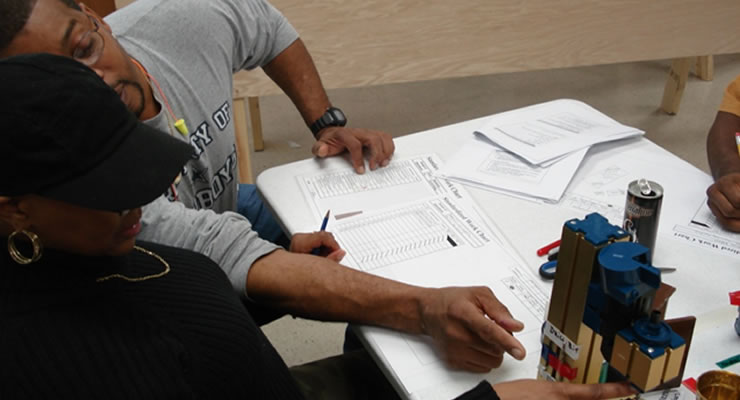
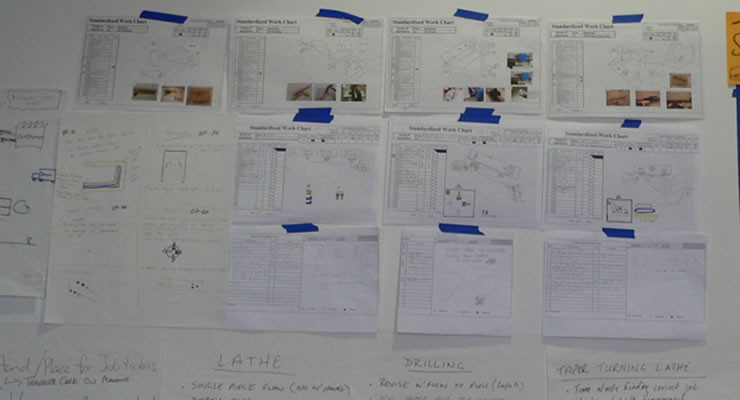
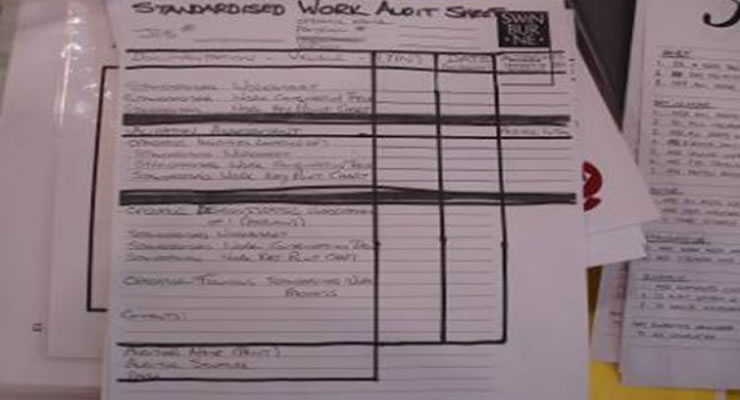
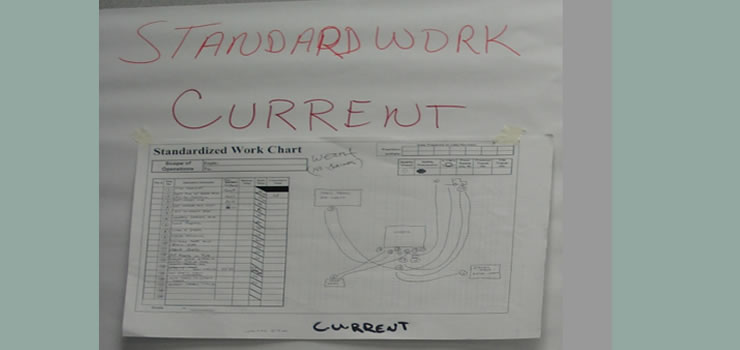
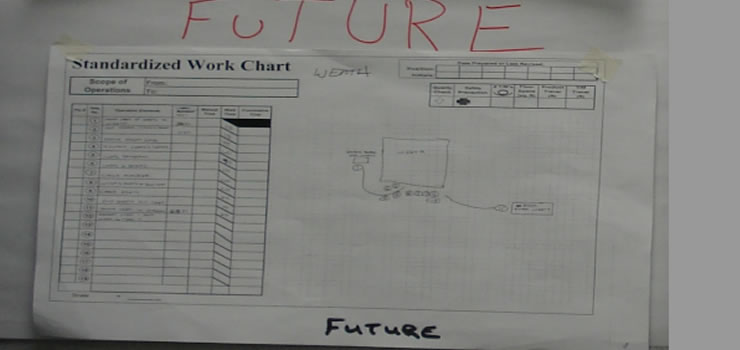
Copyright © 2018 ILS | All rights reserved.






